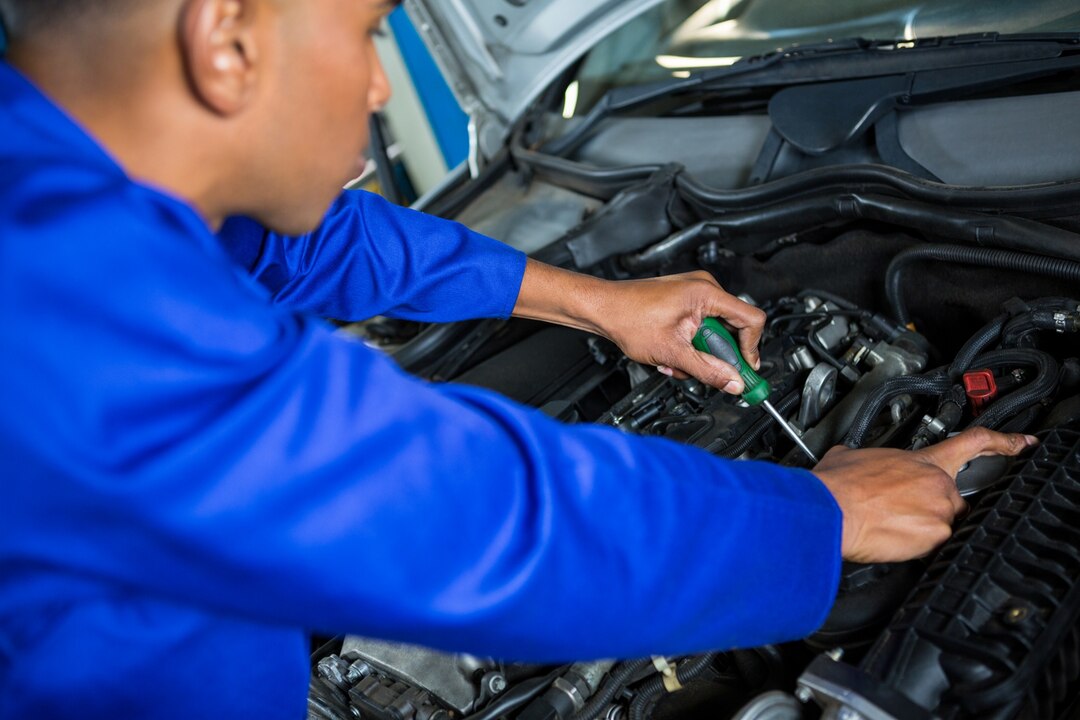The timing belt or timing chain in your car plays a crucial role in synchronizing the rotation of the engine’s crankshaft and camshaft, ensuring that the engine’s valves open and close at the right times. Over time, these components wear out and may need replacement to prevent potential engine damage. In South Africa, where many rely on their vehicles for daily transportation, understanding the process of replacing the timing belt or chain, as well as the associated costs and timeframes, is essential. In this article, we’ll delve into the process of replacing your car’s timing belt or chain in South Africa, providing valuable insights for car owners.
- Evaluation and Diagnosis:
Before proceeding with a timing belt or chain replacement, it’s crucial to conduct a thorough evaluation and diagnosis of your vehicle’s engine. This may involve inspecting the timing belt or chain for signs of wear, such as cracks, fraying, or stretching. Additionally, a professional mechanic may use diagnostic tools to assess the engine’s timing and detect any issues with the timing components. Based on the evaluation, the mechanic can determine whether replacement is necessary and identify any other related repairs that may be needed. - Replacement Process:
The process of replacing a timing belt or chain involves several steps and requires precision and expertise. While the specifics may vary depending on the make and model of your vehicle, the general process typically includes the following: a. Accessing the Timing Components: The mechanic begins by accessing the timing components, which are typically located beneath a protective cover on the front of the engine.
b. Removing the Old Belt/Chain: The old timing belt or chain is removed, along with any associated tensioners, idler pulleys, and guides.
c. Installing the New Belt/Chain: The new timing belt or chain is carefully installed, ensuring proper alignment and tension.
d. Reassembling the Engine: Once the new timing belt or chain is in place, the engine components are reassembled, including reinstalling any tensioners, idler pulleys, and guides.
e. Timing Adjustment: The engine’s timing is adjusted to ensure proper synchronization between the crankshaft and camshaft.
f. Testing: A test drive or engine run-up is conducted to verify that the timing components are functioning correctly and that the engine is running smoothly. - Timeframe for Replacement:
The time it takes to replace a timing belt or chain can vary depending on factors such as the make and model of your vehicle, the accessibility of the timing components, and the mechanic’s expertise. On average, a professional mechanic can complete the replacement process in approximately 4 to 8 hours. However, this timeframe may vary, so it’s essential to consult with your mechanic for a more accurate estimate based on your specific vehicle and circumstances. - Cost Estimate:
The cost of replacing a timing belt or chain in South Africa can vary depending on several factors, including the make and model of your vehicle, the type of timing component (belt or chain), and the mechanic’s labor rates. As of 2022, the average cost for replacing a timing belt in South Africa ranges from R1,500 to R5,000, including parts and labor. However, if your vehicle has a timing chain, the cost may be higher due to the complexity of the replacement process and the cost of the chain itself. Therefore, it’s essential to consult with your mechanic for a detailed cost estimate based on your specific vehicle and requirements.
Replacing your car’s timing belt or chain is a critical maintenance task that ensures the proper functioning and longevity of your engine. By understanding the process of replacement, including evaluation, diagnosis, replacement steps, timeframe, and cost estimate, car owners in South Africa can make informed decisions about maintaining their vehicles. Consulting with a professional mechanic for evaluation and replacement services can help ensure a smooth and efficient process, allowing you to enjoy peace of mind knowing that your engine’s timing components are in optimal condition.











